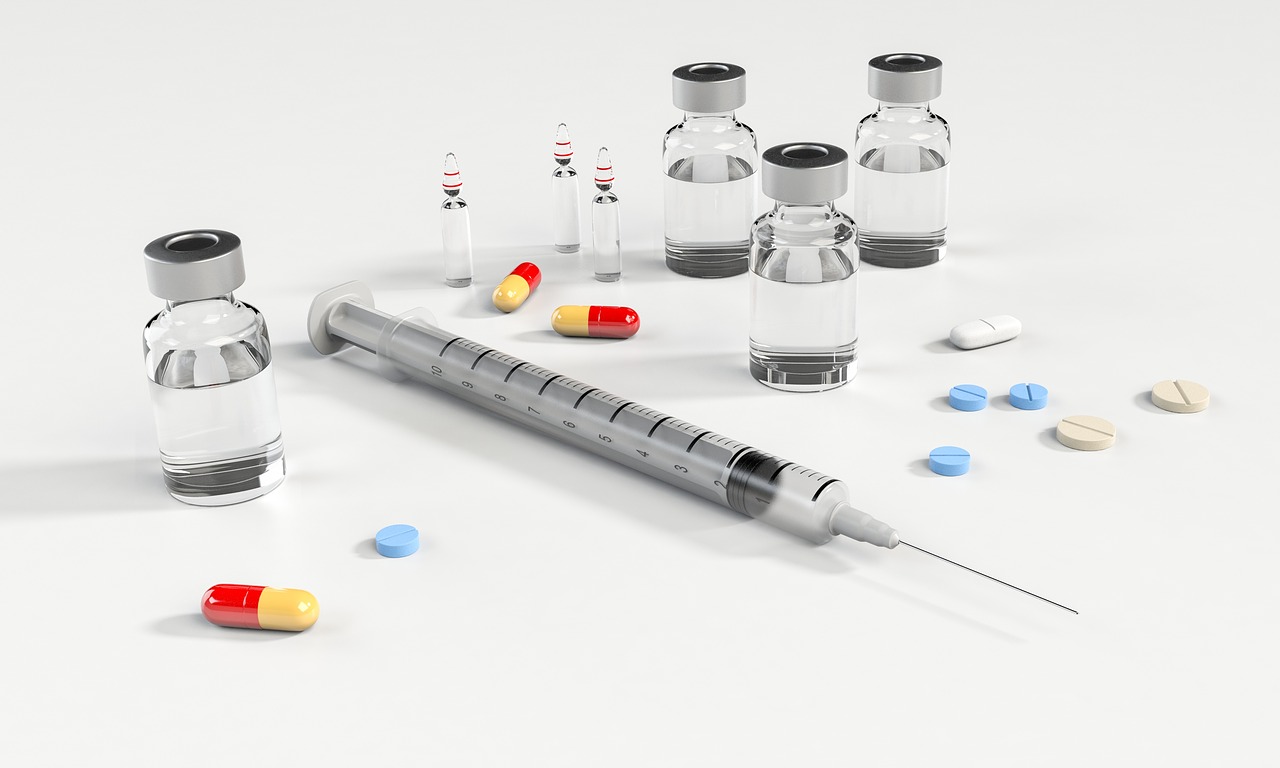Diet Pills and Methamphetamines
Stimulants were first suspected of causing pulmonary hypertension in the late 1960’s and early 1970’s. In Austria a diet pilled called Aminorex was marketed in the late 1960’s and shortly thereafter an epidemic of pulmonary arterial hypertension developed among users. The pill was withdrawn in the early 1970’s and the wave of Aminorex associated PAH passed. Aminorex was structurally and functionally closely related to amphetamine.
The modern epidemic of stimulant abuse is centered around methamphetamine. This compound is highly addictive and is toxic to the pulmonary arteries and heart. The drug causes the pulmonary arteries to squeeze (vasoconstrict) immediately with use. Prolonged use causes the structure of the pulmonary arteries to change. The vessels become stiff and eventually the lumen or inside of the vessel becomes obstructed at the level of the smaller blood vessels. These changes are indistinguishable from idiopathic pulmonary arterial hypertension changes. After prolonged use, the changes with methamphetamine become permanent.
Unfortunately, methamphetamines have become a major public health crisis. The drugs are inexpensive, readily available across America and are highly addictive. As a result, we are now seeing a surge in the number of PAH patients. In my experience it is now one of the most common causes of PAH.
How Much Methamphetamine Use is Required to Cause PAH?
No one knows the answer to this important question. It is highly unlikely that using methamphetamine once or twice leads to PAH. The longer and more intense the use, the greater the risk for PAH. There are probably other factors that come into play as well. It is likely that some patients are genetically at higher risk or susceptible to the toxic effects of methamphetamines. We also are not exactly sure over what time frame stimulant associated PAH develops. For example, I have cared for many patients who used methamphetamines more than a decade in the past but have developed symptoms of PAH more recently. The natural history of PAH development is poorly understood.
Is Methamphetamine Associated PAH Treated any Differently from Other Forms of PAH?
The short answer is no. However, the most important first step in treating stimulant associated PAH is stopping all stimulants. The same medications that are used to treat other causes of PAH are effective. It is critically important that you be honest with your doctor if you are using methamphetamines or other drugs that might contribute to your PAH. Methamphetamines are highly addictive and quitting can be a challenge but enlisting the support of your PAH doctor can only be helpful. They will help direct you to programs that can help you quit.
In my experience, patients that have been able to stop using methamphetamines and can build a stable honest relationship with their PAH team can experience dramatic improvement. Patients who continue to abuse methamphetamines will continue to struggle.

